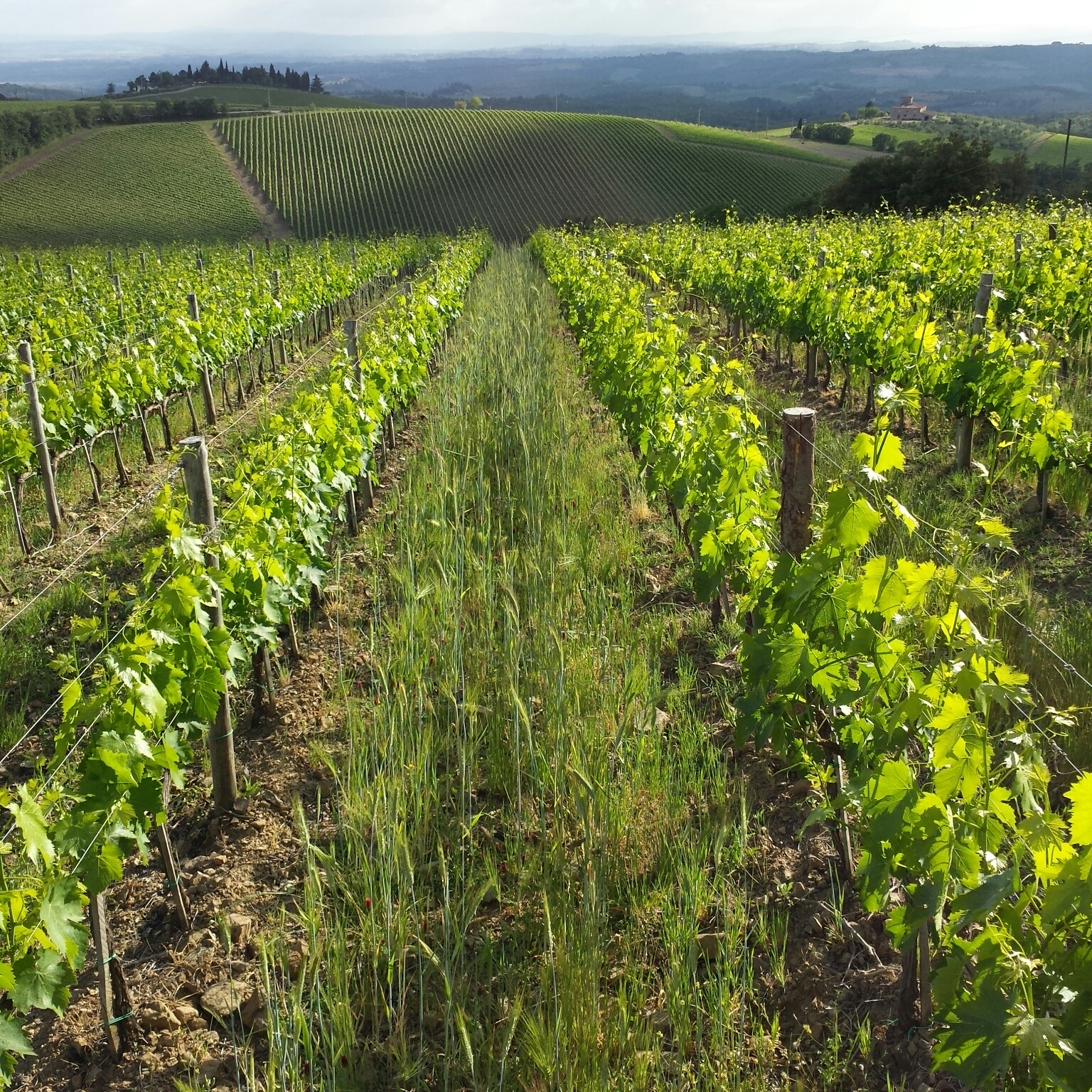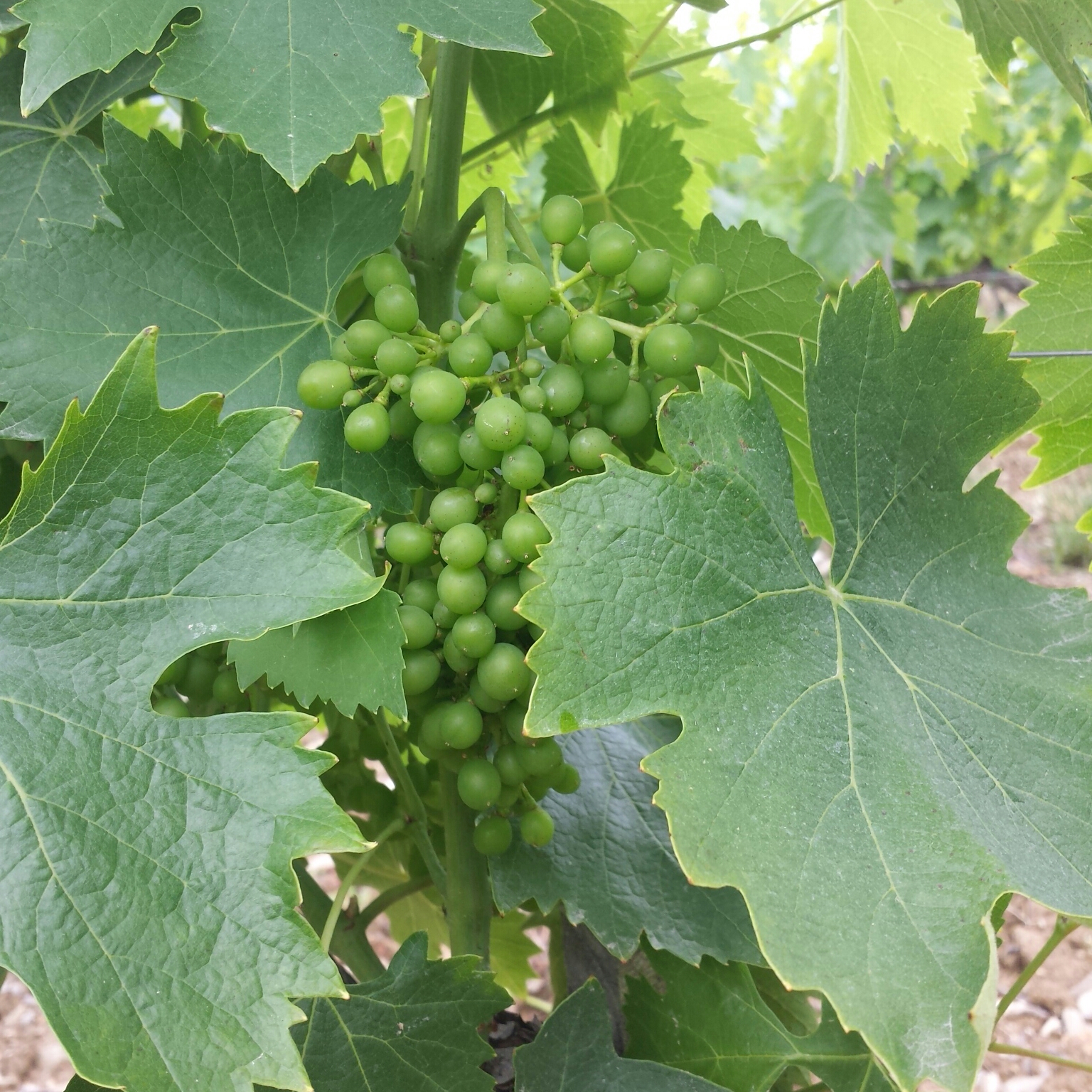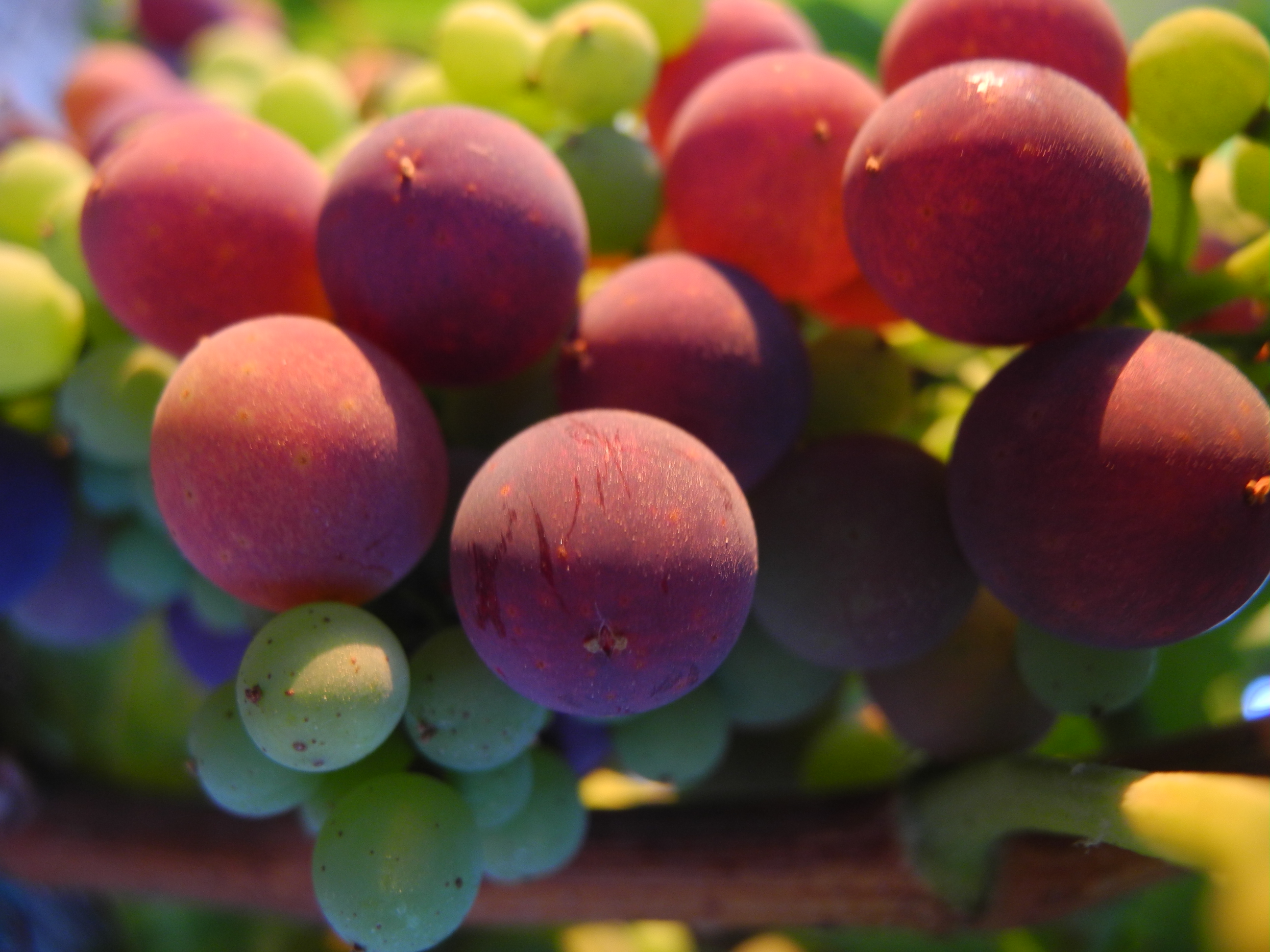
Brolio Highlights
08 July, 2022

After the challenges of winter, the grapevine is once again ready to bear fruit. During the month of July grape bunches begin to grow until they reach maturity in August. Summer marks the end of the growth phase and the beginning of the harvesting season. After having flowered during the spring, now comes the first stage of fruit development: fruit-setting.
The grape – the berry – is now green and undergoing active photosynthesis. Its composition begins to change, as acidity increases and sugars slowly accumulate. This is a crucial stage for grape bunch development because, at the end of it, the grape will be almost fully developed. As such, the key determinants of good grape bunch development are: air temperature, availability of nutrients, and, of course, water supply.
As grapes begin to swell, water is, of course, critically needed. This year, given the generalized drought and above average temperatures, this has constituted a significant challenge.
In addition to grape development, this is also the stage for plant development. Along with the berries, the shoots also undergo fast and strong growth that requires water absorption. Among the water saving strategies during this phase are, on the one hand, the containment of green plant growth, while, on the other hand, managing the leaf wall is the only method available to protect the grape bunches from excessive sun exposure.
The winemaker thus become a gardener as they balance the vegetative and productive parts in order to protect the grape bunches from the sun, especially during the hottest part of the day. Grassing also fosters the accumulation of water reserves and the morning mist through small processes that promote the oxygenation of the soil.
Lastly, this year, nature and climate change put a significant strain on farm work. This is a strong indicator of the increasing importance of efficient resource management and implementation of sustainable agronomic practices, which are the basis of Ricasoli‘s corporate philosophy.







